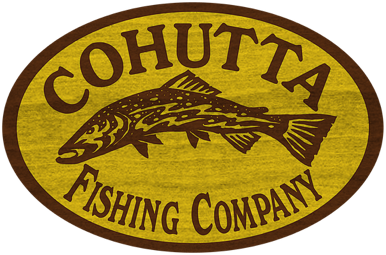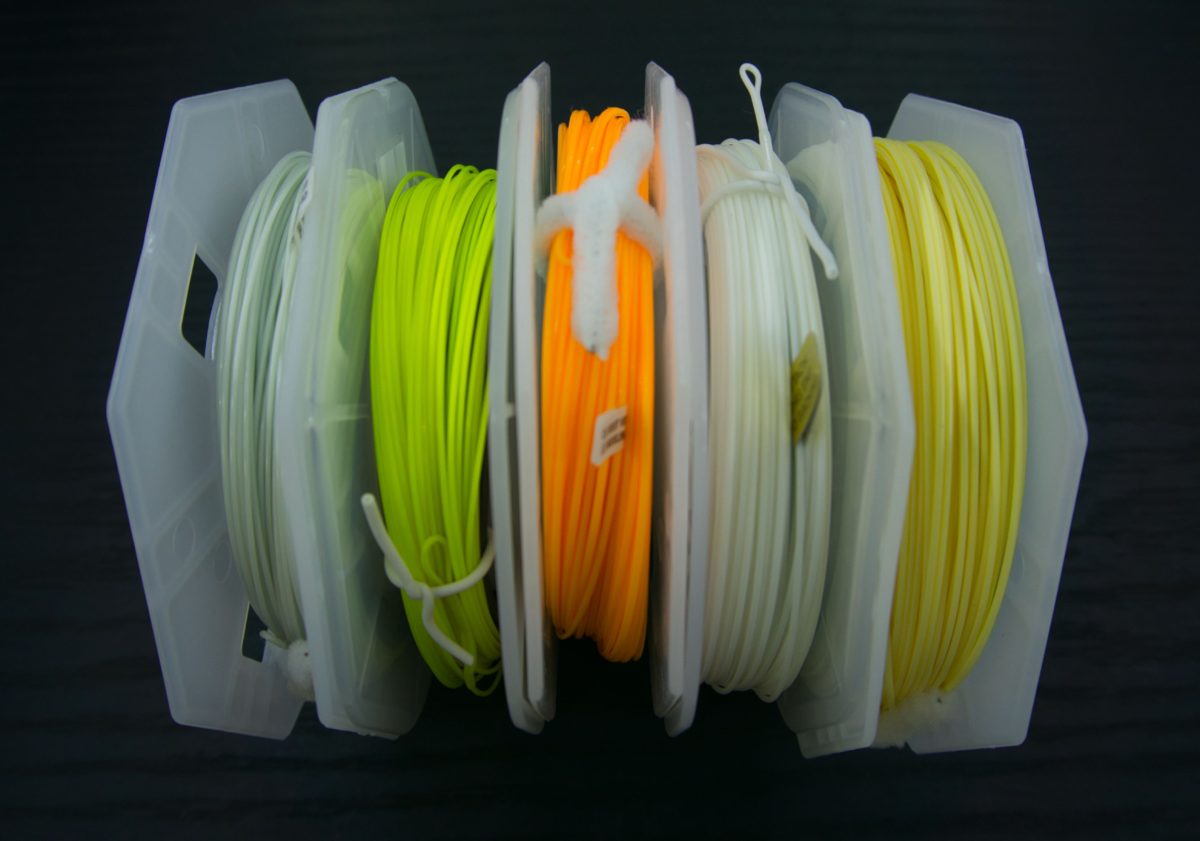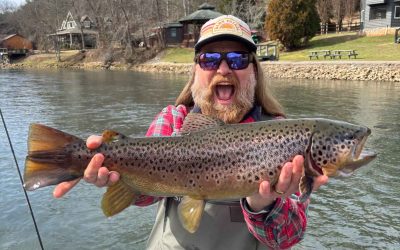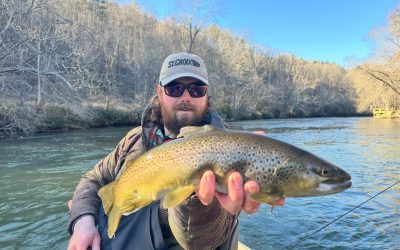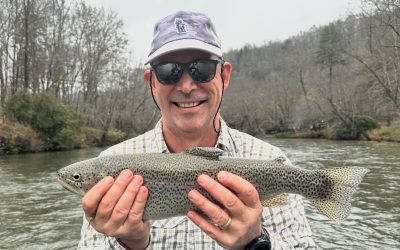In the shop, a lot of folks come in looking for sinking lines to rig up for their streamer fishing. It can be tough trying to figure out what line will fit your needs, especially if you’ve never delved into this style of fishing. The terminology alone is enough to make things confusing, so I’ll break it down to simplify things.
Grain Weight: Some lines will be labeled by this number rather than by a standard rod weight, such as the Scientific Angler Sink 30 series of lines. This is a measure of the grains per inch for the first thirty feet of the line. Use this designation to pair your rod to the line. For example, a 200 grain line pairs to a 6/7 weight, a 250 grain pairs to a 7/8 weight, a 300 grain would pair to an 8/9, etc.
Sink Rate: This is how fast your line is going fall. The sink rate is often measured in inches per second, but sometimes can be labeled as “type”. So, a sink 3, or alternatively a “type 3”, will fall at roughly 3 inches per second. A sink 6, or type 6, will fall roughly at 6 inches per second.
Intermediate: This is generally a sink rate of 1-2 inches per second across most line manufacturers.
Full sink: This means that the line sinks in it’s entirety, from the tip to the end. A full sink line will usually have an intermediate running line and a head that sinks at a faster rate. These make for great lake and river lines, but you do lose the ability to mend with a full sink line.
We carry a wide variety of sinking lines from Rio and Scientific Anglers to appropriately pair with your favorite rod, so give us a shout and come by the shop!
(770) 606-1100

